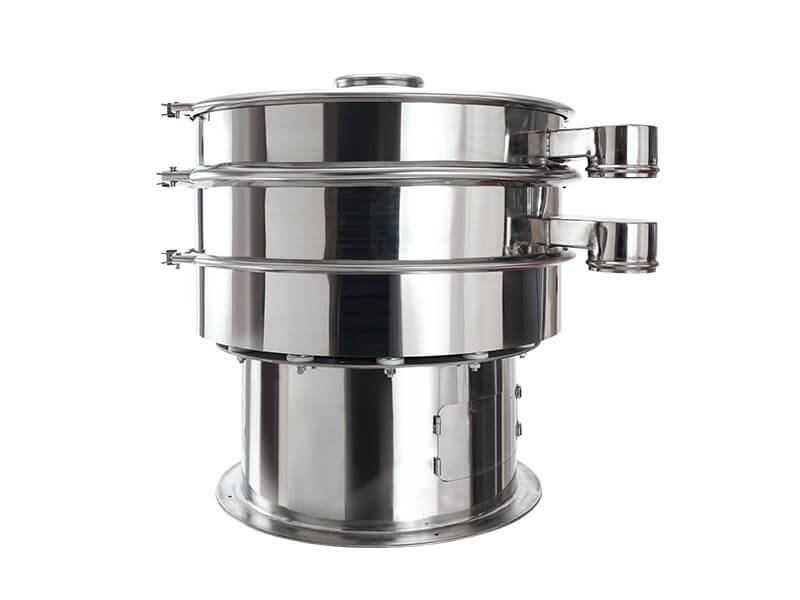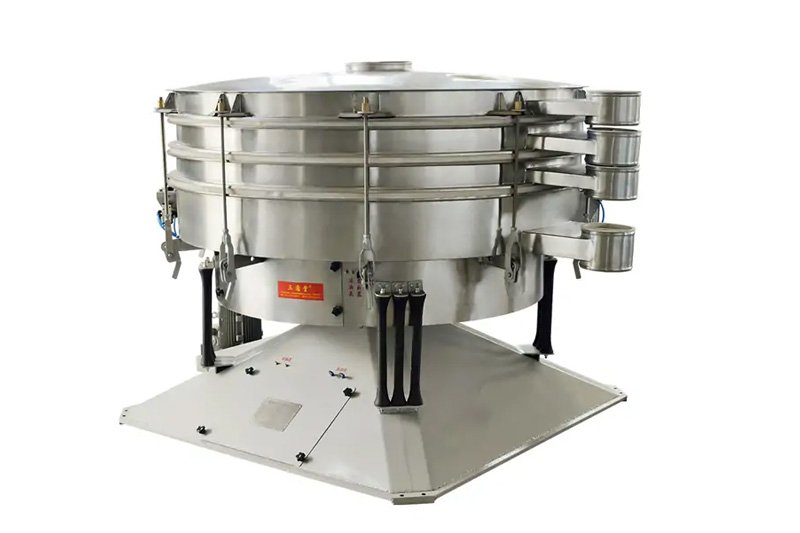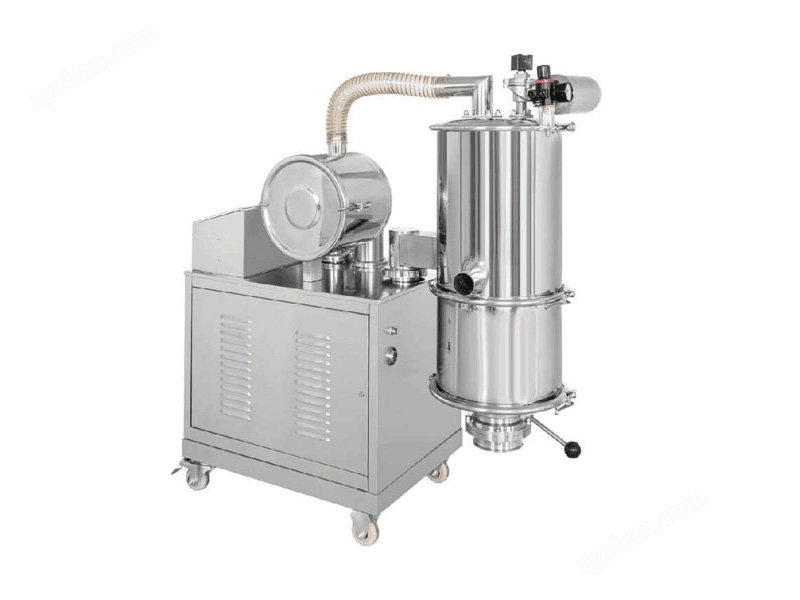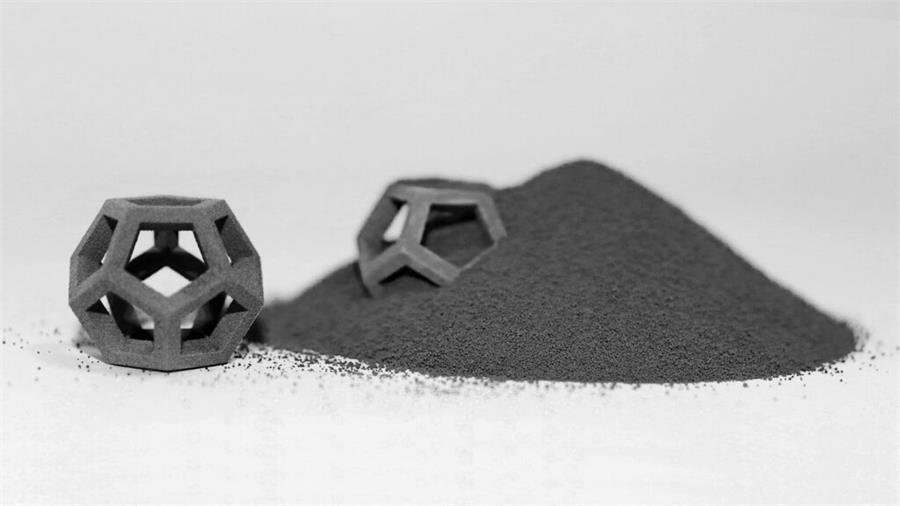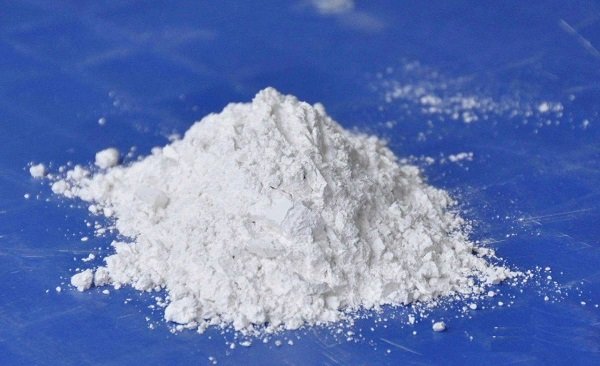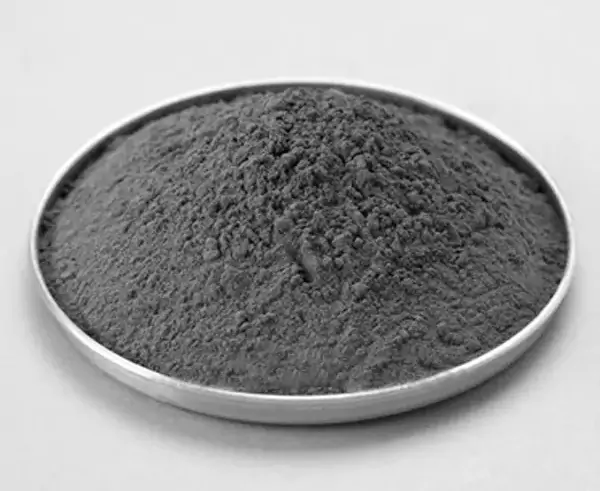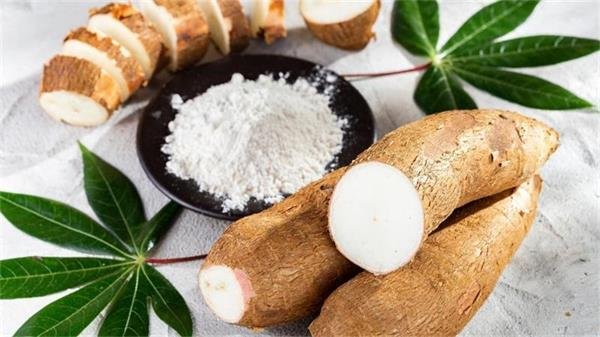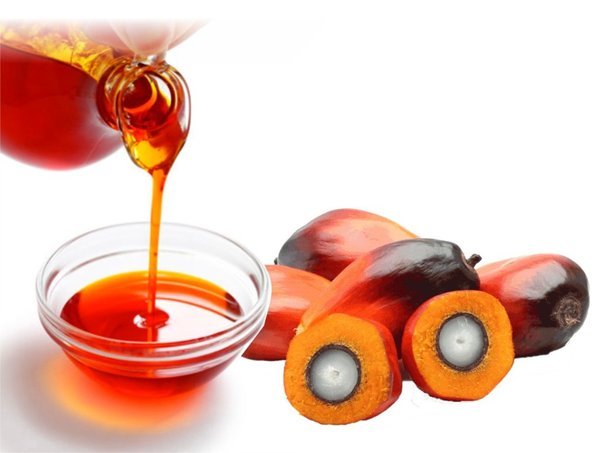Powder Coating Sieving Machine Solutions
In the powder coating process, precision and efficiency are very important. The powder coating sieving machine can effectively remove impurities such as filter bag fluff through fine screening, optimize the powder coating process, reduce waste and improve overall product quality. Please continue reading the following article to explore the production process of powder coatings, the importance of screening, equipment selection, functions and advantages.

Powder Coating Types
- Spray paint
- Magnetic pigments
- Non-magnetic pigments
- Epoxy powder coatings
- Polyester powder coatings
- Polyurethane powder coatings
- Acrylic powder coatings
- Hybrid powder coatings
Production Process of Powder Coatings

- Raw material preparation:
Prepare dry, impurity-free resins, pigments, fillers and additives according to the formula. - Premixing:
Before hot melting, use a mixer to premix the raw materials to ensure that the additives and pigments are evenly distributed. - Melt extrusion:
Melting base material/curing agent, mixing additives, wetting pigments, and completing through an extruder. - Fine grinding:
Use a grinder to grind the molten material to a specified particle size. - Dust collection and collection:
Use side filters or cyclone separators to collect fine powders. The device selection depends on the output and coating type. - Screening and packaging:
Use mechanical vibration screening or airflow screening to remove unqualified particles. Choose bagging, barreling or automatic packaging according to needs. - Powder recovery (optional):
Use a multi-cyclone system to recover powder during the spraying process and classify it for use.
Importance of powder coating sieving
- Improve powder quality: Screening removes impurities and agglomerates, and improves purity and uniformity.
- Optimize coating effect: uniform particle size, smoother and denser coating.
- Reduce costs: reduce coating defects, improve material utilization, and improve corporate benefits.
Powder Coating Different Characteristics Analysis
- The mesh size for coating in liquid form varies depending on the concentration and viscosity. When the concentration and viscosity are high, the preferred mesh size ranges from 60 to 100 mesh. On the other hand, when the concentration and viscosity are low, the mesh size typically falls between 200 and 400 mesh. Additionally, the industry-standard mesh sizes for spray painting and baking processes are 325 and 400 mesh.
- In the realm of resin production, both liquid and powder forms require careful consideration of mesh size. For liquid resin, the mesh size ranges from 60 mesh to 250 mesh, with higher viscosity and concentration requiring a coarser mesh, and lower viscosity and concentration calling for a finer mesh.
- In the manufacturing of powder coating, the choice of mesh size is equally important. The raw material manufacturing process generally utilizes mesh numbers such as 100 mesh and 120 mesh, with a few instances of 150 mesh and 200 mesh. However, in the powder coating processing industry, where recycling after painting is common, smaller mesh sizes like 60 mesh, 80 mesh, and 100 mesh are typically used due to the smaller quantity involved.
Powder Coating Sieving machine selection
For powder coatings, we usually recommend the following equipment solutions.
Rotary Vibrating Screen
- Material: 304/316 stainless steel
- Model: SY-800-2000mm
- Screen size: 5 -150 mesh
- Output: 500kg-3.3 tons/hour
- Features: The screening efficiency is high, but the screen is easy to get clogged. It is suitable for screening materials below 400 mesh.
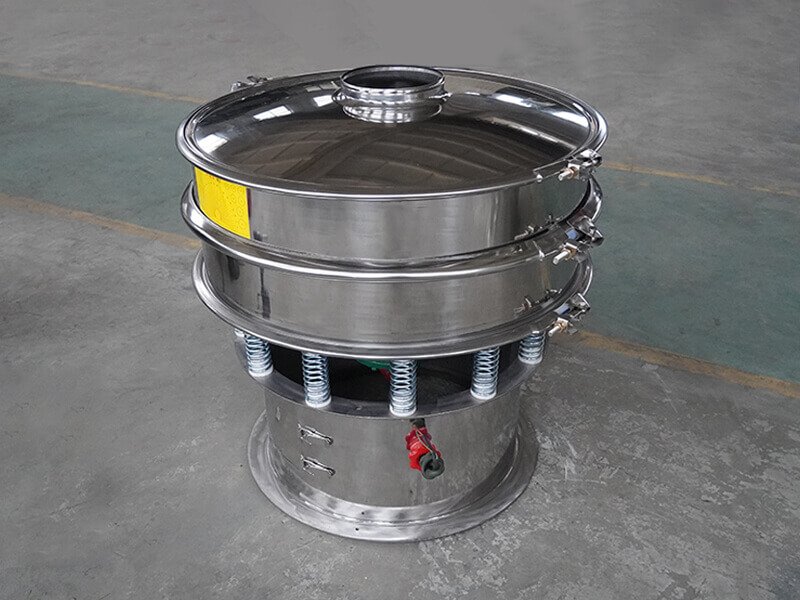
ultrasonic Vibrating Screen
- Material: 304/316 stainless steel
- Model: SY-800-2000mm
- Screen size: 150 -625 mesh
- Output: 100 kg- 3 tons/hour
- Features: It can solve the problem of screen blocking caused by powders prone to static electricity, easy to agglomerate, strong adsorption, etc. during the screening process. It is suitable for screening fine materials below 600 mesh.

Rotary Airflow sieving machine
- Material: Stainless steel/ Carbon steel
- Model: YBS 1000-2600mm
- Screen size: 5 – 500 mesh
- Output: 100Kg-5tons/hour
- Features: It imitates manual gentle screening, is not easy to damage materials, has high screening accuracy, large output, and a variety of cleaning systems to solve the problem of screen blocking. It is suitable for screening irregular materials with high viscosity or static electricity.
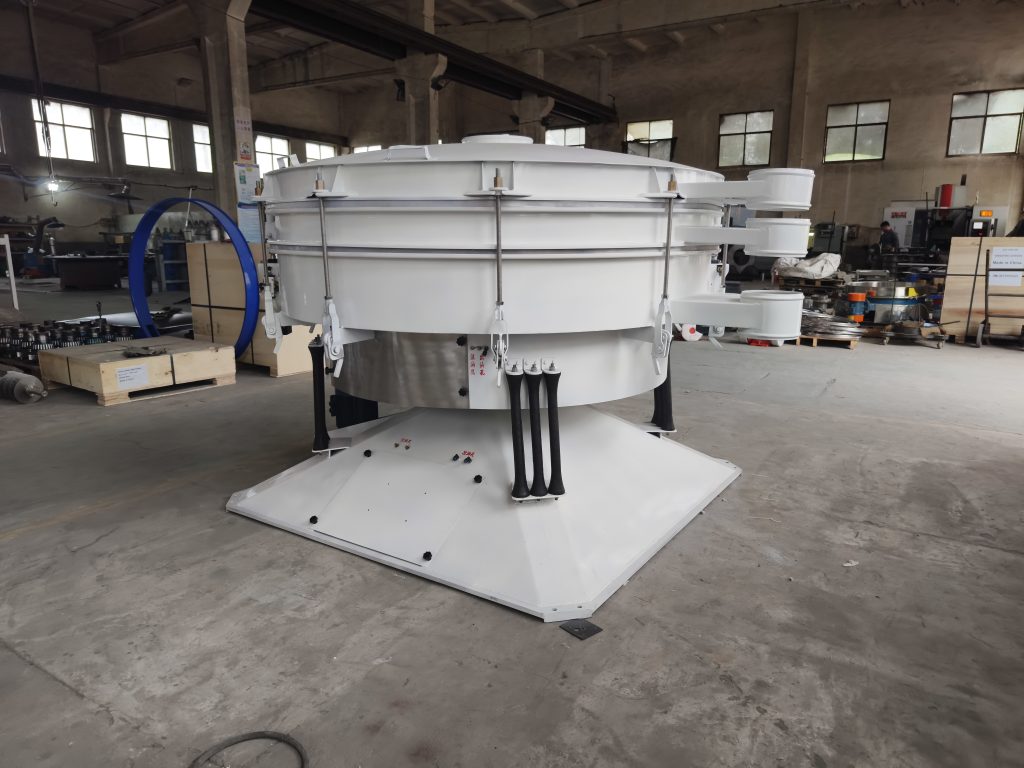
Videos
The above content is about the screening process and solutions of powder coatings. If you don’t know which powder sieving machine to choose, please contact Sanyuantang Machinery. We will provide customized solutions according to your needs.
Related products
In addition to powder coating sieve solutions, we also provide a series of accessories and supporting equipment, including screens, vacuum feeding machines, silos, dust removal devices, spare parts, etc., to meet customers’ diverse screening needs.
